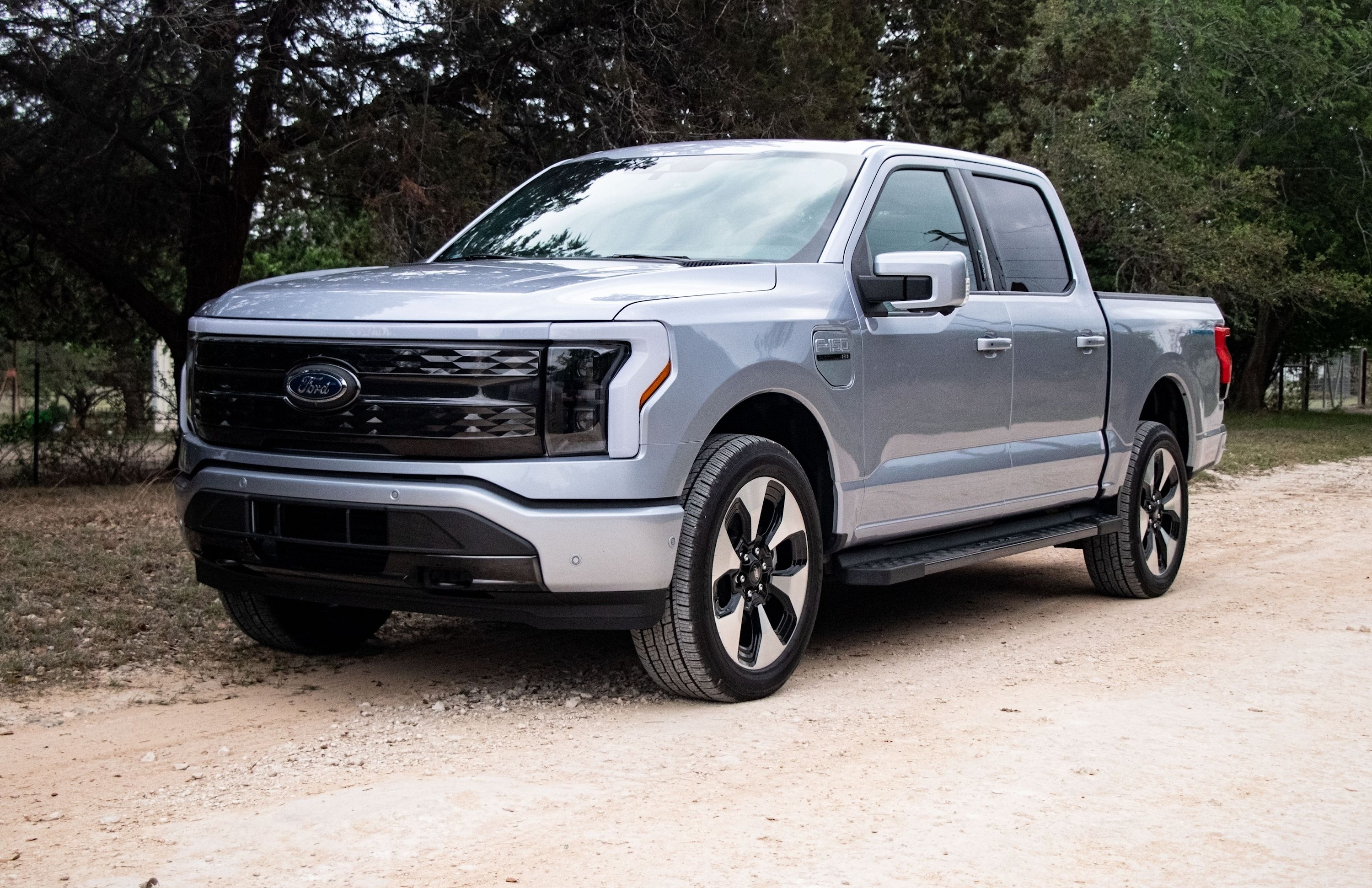
Ford Motor Company has confirmed to media outlets it has added a third F-150 Lightning production shift at its Rouge assembly plant near Detroit, Michigan. A total of 250 new jobs have been created as a result. There's now a total of 750 employees at the factory. The new shift will now enable the automaker to reach a full production capacity of 150,000 EV trucks by next fall.
Ford added the shift because demand for the F-150 Lightning continues to increase, and it rightly doesn't want customers to wait any longer than they have to for delivery. Ford confirmed the plant - which received massive investment last year - is currently running three rotating crews of line workers on 10-hour shifts, seven days a week. This is happening while a construction crew continues work on the plant's physical expansion.
The automaker's original plan was to build around 40,000 Lightnings annually in a brand-new factory. However, that plan was amended to instead expand the existing truck factory in Dearborn. It then realized production had to increase once early demand exceeded all expectations.
Through the end of last month, Ford has sold a total of 13,258 Lightnings. Ford continues to be the US market leader for electric commercial vehicles, including the Lightning and another new battery-electric model, the E-Transit van.
This is not the first time Ford decided to boost Lightning production. Last January, Ford confirmed plans to double production numbers as reservations kept coming in. Production officially kicked off in April in what Ford CEO Jim Farley described as "the Model T moment for the 21st century."
To date, Ford has received over 200k reservations for the electric truck, hence the need to boost production. However, not all reservations are guaranteed to be converted to actual orders. That's up to dealerships to make happen. Ford has invested $950 million at the Rouge Electric Vehicle Center to make sure it can meet demand, however.
The Lightning is the first Ford vehicle to be built without traditional in-floor conveyor lines. Instead, there are Autonomous Guided Vehicles (AGV) to move the unfinished trucks to various workstations. The AGVs enable greater output, and improve quality checks and product customization without installing systems like overhead cranes, moving mats, and floor chains.
